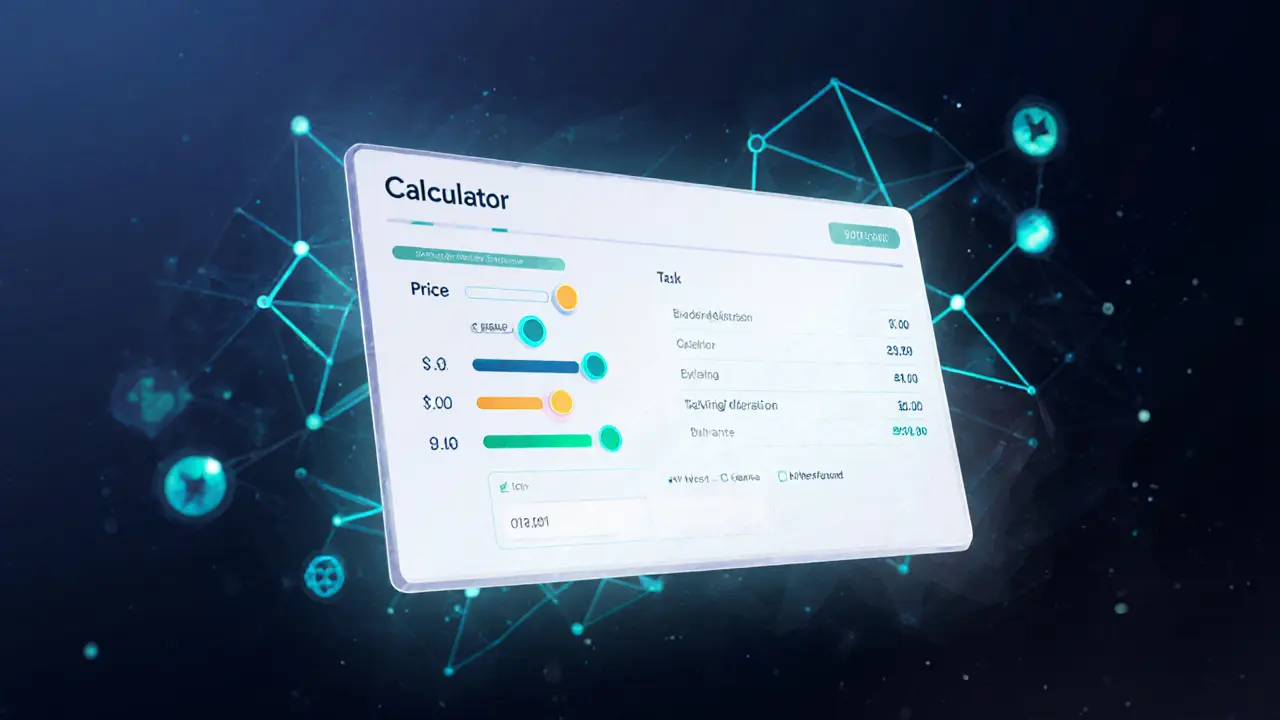PulseChain: Fast, Low‑Cost Blockchain for Crypto Creators
When working with PulseChain, a fork of Ethereum that keeps EVM compatibility while delivering higher throughput and cheaper transaction fees. Also known as PulseChain network, it enables developers to migrate existing smart contracts without rewriting code. Because it mirrors Ethereum, all tools that support Ethereum—MetaMask, Remix, Hardhat—work out of the box. The platform also fuels a vibrant DeFi ecosystem that includes yield farms, lending protocols, and NFT marketplaces. In short, PulseChain gives you the familiar Ethereum experience but at a fraction of the cost.
Key Features That Set PulseChain Apart
PulseChain’s biggest selling point is speed. The network processes roughly three times more transactions per second than the Ethereum mainnet, which translates to sub‑second finality for most trades. Lower gas fees mean a typical token swap can cost under $0.01, making micro‑trading viable for retail investors. The native token, PLS, powers staking, governance, and fee discounts, creating a feedback loop that encourages holding and participation. PulseChain ecosystem also supports cross‑chain bridges, so assets can flow between Ethereum, Binance Smart Chain, and other major chains without friction.
From a trader’s perspective, the reduced cost and faster settlement open up new strategies. Arbitrage opportunities that were once wiped out by high fees become actionable again, and high‑frequency bots can operate profitably on a wider range of pairs. Because PulseChain is EVM‑compatible, you can run the same bots you use on Ethereum with only minor configuration tweaks. The network’s built‑in explorer provides real‑time on‑chain metrics, letting you monitor transaction volume, gas price trends, and validator performance at a glance.
Community incentives are another strong draw. PulseChain launched several airdrop campaigns that rewarded early adopters, liquidity providers, and NFT collectors. These airdrops often tie into DeFi projects built on the chain, adding a layer of utility to the free tokens. The tag page you’re browsing collects detailed guides on recent airdrops, exchange reviews, and security audits—all of which help you decide where to allocate your capital on PulseChain.
Security isn’t an afterthought either. PulseChain leverages the same proof‑of‑stake consensus model as many modern blockchains, with validator requirements that balance decentralization and efficiency. Audits of core contracts are publicly available, and the community runs continuous bug‑bounty programs. If you’re worried about hacks, the platform’s design makes it easier to freeze malicious contracts and roll back at the protocol level, a feature that most Ethereum forks lack.
Looking ahead, the roadmap includes sharding upgrades, improved interoperability, and native support for Layer‑2 solutions. These enhancements aim to keep PulseChain competitive as the broader crypto market evolves. Whether you’re an experienced trader seeking lower fees, a developer eyeing a cheap sandbox, or a hobbyist curious about the next big airdrop, PulseChain offers a compelling mix of speed, cost‑effectiveness, and ecosystem growth. Below you’ll find a curated collection of articles that dive deeper into airdrop mechanics, exchange comparisons, and on‑chain analytics—perfect for anyone ready to explore PulseChain’s potential.

Discover what XenBitcoin (XBTC) is, its PulseChain roots, supply details, price volatility, exchange limits, risks, and how to keep track of this enigmatic crypto coin.
- Read More
